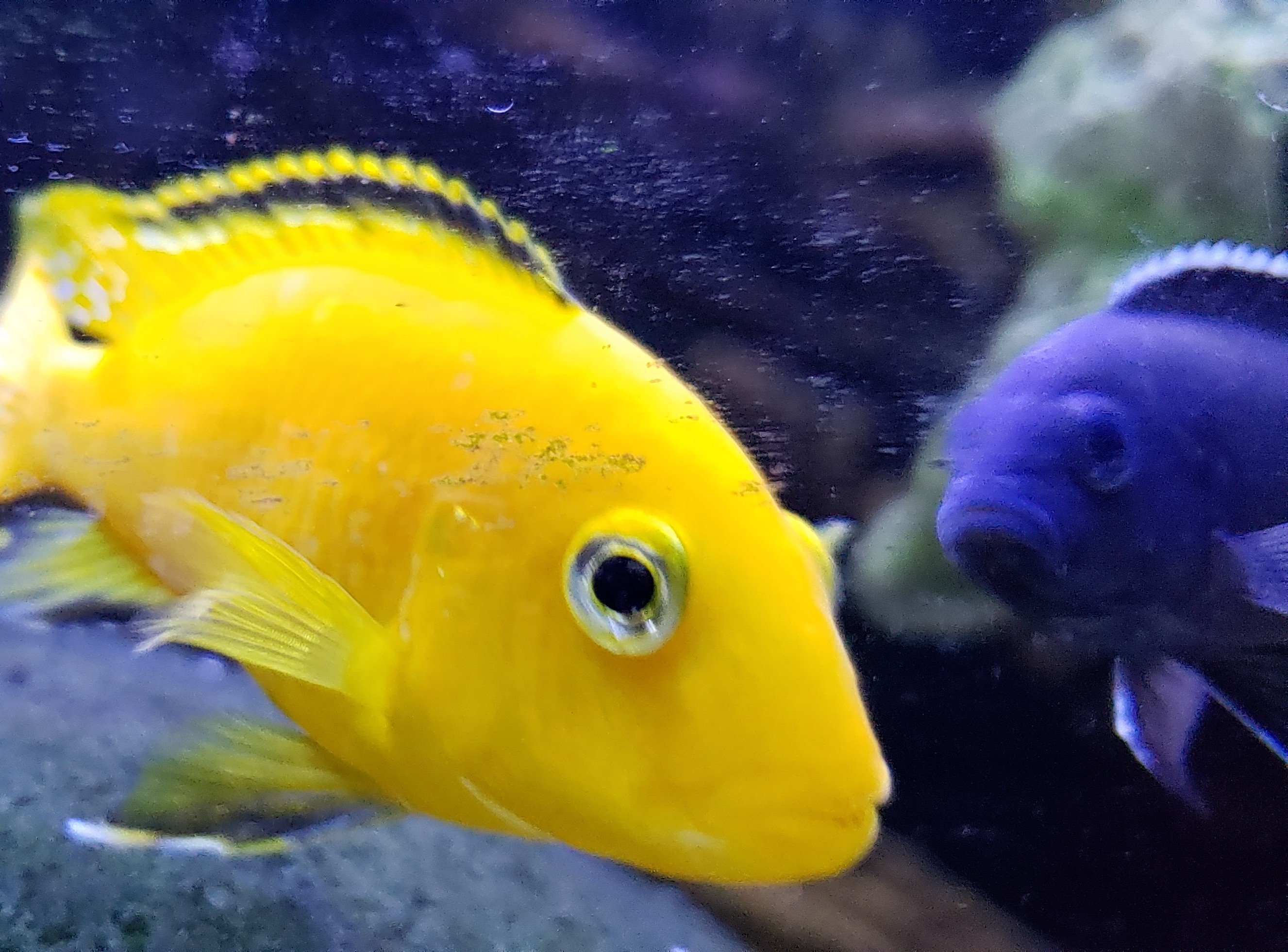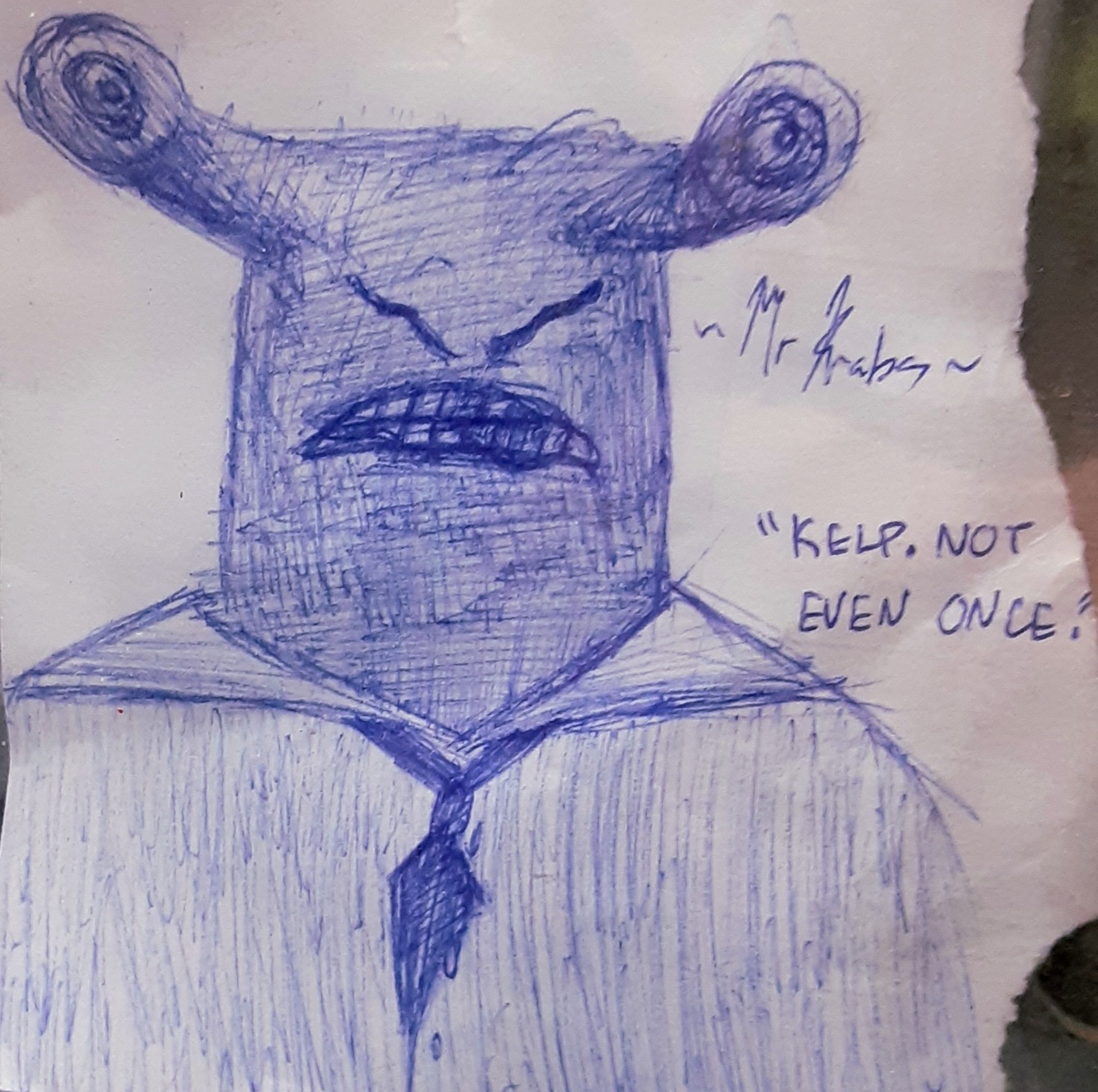In just one night, more than a thousand migrating birds died after crashing into a single building in Chicago, due to what experts say was a deadly combination of migration season, difficult weather, and a lack of “bird-friendly” building measures.
Philadelphia has dimmed its skyline after a ‘mass collision’ killed thousands of migrating birds
The Chicago Field Museum collected more than a thousand dead birds that had collided with the McCormick Place Lakeside Center, a convention center located on the shore of Lake Michigan, Wednesday night into Thursday morning, Annette Prince, director of Chicago Bird Collision Monitors, told CNN.
Volunteers working with Chicago Bird Collision Monitors collected an additional thousand dead birds from the city’s downtown area, said Prince. And there were likely more birds that flew away after colliding into a building but later died of their injuries, she said.
“It was overwhelming and tragic to see this many birds,” Prince said. “I went to a building where, when I walked up to the building, it was like there was just a carpet of dead and dying and injured birds.”
A combination of factors likely contributed to the extraordinary number of deadly collisions, Prince said.
There was a particularly high volume of birds set to migrate south for the winter that night. The birds had been waiting for winds from the north or west to ease their journey. “Those birds essentially piled up,” Prince said. When the right winds arrived on Wednesday, a large number of birds set off for their migration at once. Additionally, “there were foggy and low cloud conditions, which can bring them into confusion with lights and buildings,” Prince said. The clouds likely caused the birds to fly at a lower altitude, bringing them closer into contact with buildings. McCormick Place in particular “is one of the first buildings birds encounter as they move along Lake Michigan,” she said.
In 2006, not one of the major bird conservation organizations considered window collisions a serious issue, though Dr. Daniel Klem of Muhlenberg College had been publishing studies about it since his 1979 Ph.D. dissertation. The Wilson Bulletin and Journal of Field Ornithology had both published his scientific work, but reviewers for the American Ornithologists’ Union’s journal The Auk rejected every one of his papers out of hand because they—some of the top ornithologists on the continent—didn’t think window strikes constituted a legitimate conservation issue. They wanted research to focus on habitat loss at nesting, wintering, and stopover areas rather than what they considered a minor, localized issue that didn’t affect many species.
In 1990, Klem published two papers in The Journal of Field Ornithology, “Bird injuries, cause of death, and recuperation from collisions with windows” and “Collisions between birds and windows: mortality and prevention” in which he calculated that between 100 million and 1 billion birds are killed in window collisions every year in the United States alone. Again, his work was dismissed by most conservation biologists. If they acknowledged Klem’s work at all, scientists at major conservation non-profits and universities said his numbers were off by orders of magnitude.
Klem had been approaching manufacturers to try to find a window glass that birds could see as an obstruction to avoid, but it was slow-going. If the major ornithological institutions were all denying that a problem even existed, how could glass manufacturers benefit from solving it?
…
In 2009, Daniel Klem presented a paper at a conference of the International Partners in Flight titled, “Avian Mortality at Windows: The Second Largest Human Source of Bird Mortality on Earth.” The news media picked up on it, and suddenly conservation biologists were being inundated with questions about window collisions. Because they had long been saying the problem was trivial compared to habitat loss, they launched their own studies to finally prove their case and put the issue to rest.
Except oops!—their own studies proved that Klem was spot on. But rather than admit they’d been wrong to dismiss his work for over a quarter century, they made it sound as if their scientists had just discovered a brand new problem.
…
The way our country allocates so very few resources for conservation work, researchers, institutions, and organizations must scrabble for every donation and grant, leading to cutthroat competition. As more researchers started working with glass manufacturers, they stayed in competitor rather than collaborator mode. At this point, no glass is 100 percent bird safe, but to find the best realistic solutions, scientists must remember that the whole point of this critical work is to protect birds, not to shore up their own standing and funding by ignoring or even attacking others trying to solve the same problems.
Meanwhile, in recent months I’ve been getting mass emails from the Ornithology Center at Muhlenberg College with subject lines such as “Experts Warn the Native Plants may Create Ecological Traps,” filled with dire warnings against growing native plants because windows are the real problem.
…
I’m dismayed that the very scientist who was the victim of other scientists minimizing the value of his research on window collisions for so many decades is part of a new effort to minimize the importance of backyard habitat. It’s not either/or! Safe glass and natural habitat are BOTH essential for the future of birds.
Whether we have expertise in a single conservation issue or a hundred; whether our primary focus is native plants, window collisions, pesticides, cat predation, climate change, Bird Friendly certified coffee, beef production, mowing schedules to protect nestling Bobolinks and meadowlarks, or anything else; and whether we’re individuals on our own or part of larger institutions or organizations, let’s all of us who care about birds aim our fire at what’s hurting them, not at one another.
Another good example of how humanity isn’t remotely serious about cutting their energy use. Huge amount of lights in city skylines. Ridiculous waste.
While you’re not wrong about how humanity isn’t serious about cutting energy use, the lights in taller buildings like I assume these were could equate to much much less energy used when opposed to one or two story buildings surrounded by parking lots that require employees to drive to them.
Hopefully Paradox fixes the issue in Cities: Skylines 2.
You guys this is bad. Zelenskyy himself is viewing the casualties.
It’s weird how similar they look. If someone said that was him, I’d believe them.
There must have been a windmill on that building…
Why are we making buildings that are mostly glass? Are we convinced climate change isn’t real still?
Do you want to work in a windowless office for 9-10 hours a day, 5 days a week? I’m not saying we can’t shrink the windows down, but having worked in a building with very few windows for way too long, it begins to feel like a jail cell extremely quickly.
Isn’t it also more ecological to have good natural lighting?
Not when the trade off is a mostly glass building. Temperature control takes more energy than light.
I mean yeah but doesn’t solar heating more space naturally also cut back?
Not enough to offset the increased AC use to offset the fact the building is made of glass. We really should stop making buildings like this.
Everyone knows it’s real at some level, most just delude themselves into believing/hoping it won’t be their problem, as is human tradition.
There’s capitalist profit to be made, after all.
I just wish we could leave a giant, titanium gravestone the size of a skyscraper for future dolphin archeologists that reads “Humanity: for one shining moment in time, we generated a lot of money for shareholders!” Because that’s all we cared about, to our own extinction, and I’d like that to be the only discoverable fact about our species by any future sapient species. I want the insatiable greed and greed worship that defined humanity to ourselves to be our epitaph.
deleted by creator
Positive psychological impact of sunlight is my guess
Killing 2 birds with 1 stone has really come a long way.
Apparently this is a yearly thing there…sheesh.
This one was “enormous”, though.
The number of birds killed at McCormick Place during that one night is around the same as would typically die from collisions at the building in a year, according to Farnsworth.
No, I said the medium chicken bucket!
My apologies sir, your other thousand will be ready shortly.
Sounds like Rand is in Chicago. /WoT
That is really sad for so many birds.
Man, idk why but the title made me burst out laughing. Like one of those wierd opposite reaction moments
deleted by creator
It’s tough to read tone over text, so just in case. Do you know the truth behind the lemmings? They don’t actually kill themselves in large groups.
https://www.britannica.com/story/do-lemmings-really-commit-mass-suicide
I can’t tell if you didn’t know, if you just made a joke, or if you’re implying that someone caused these birds to die for the sake of film.
And the pro-nuclear, and pro-fossil fuel, posters complain about wind turbines.
Which pro-nuclear posters are pro-fossil fuels and anti-turbine? I’ve never encountered anyone like that.
They could’ve been referring to them as two separate groups.
Turns out, two things can be problems at the same time. What a world!











